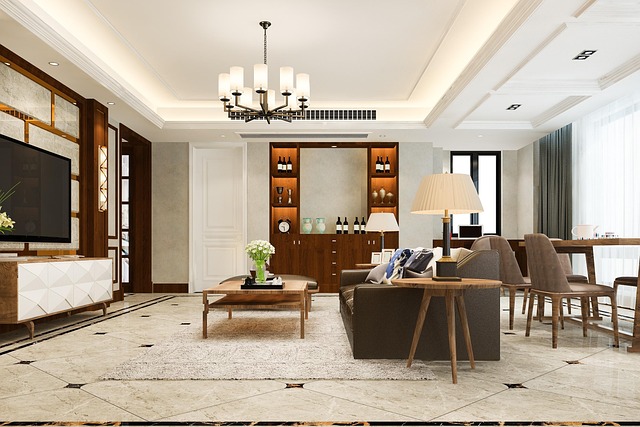Glulam (glued laminated timber) is an innovative, sustainable building material renowned for its exceptional strength, durability, and aesthetic appeal. Its eco-friendliness, versatility, cost-effectiveness, rapid installation, and superior fire resistance make it a popular choice in urban development and commercial buildings. Advanced structural analysis software ensures optimal design, while glulam's unique properties enable groundbreaking architectural designs. With continuous innovation driving sustainable construction practices, glulam is poised to revolutionize wood architecture, contributing to the creation of net-zero energy buildings and fulfilling the growing demand for eco-friendly construction methods.
“Discover the revolutionary world of glulam—a modern engineering marvel transforming construction. This article explores the fundamentals and vast potential of glulam as an innovative structural material. From its basic principles to diverse engineering applications, we uncover how glulam is redefining contemporary architecture. Moreover, we delve into its future prospects, focusing on sustainable design solutions that promise a greener tomorrow. Get ready to explore the versatile capabilities of glulam and its impact on shaping our built environment.”
- Understanding Glulam: The Basics and Benefits
- Engineering Applications: How Glulam Shapes Modern Structures
- Glulam's Future: Innovative Solutions and Sustainable Design
Understanding Glulam: The Basics and Benefits
Glulam, short for glued laminated timber, is a structural building component made from multiple layers of wood veneers glued together. This innovative engineering solution offers a unique blend of strength, durability, and aesthetics. Each layer of veneer is carefully selected, oriented, and bonded to enhance the overall performance, ensuring superior load-bearing capacity compared to conventional solid lumber.
The benefits of glulam are numerous, especially in the context of eco-friendly urban development. As a sustainable alternative to steel or concrete, glulam reduces the environmental impact of construction. Its versatility allows for unique architectural designs and complex geometric shapes, opening up possibilities for modern architecture. Furthermore, glulam applications in commercial buildings have gained popularity due to its cost-effectiveness, fast installation, and excellent fire resistance. The manufacturing process involves stringent quality control measures, ensuring consistent performance and safety standards across all glulam products.
Engineering Applications: How Glulam Shapes Modern Structures
Glulam engineering solutions have revolutionized modern construction by offering a versatile and efficient material for diverse structural applications. This innovative product, made from laminated timber, combines exceptional strength and stiffness with outstanding durability. The unique long-lasting glulam properties make it an ideal choice for both commercial and residential projects, providing architects and engineers with creative freedom in designing intricate structures.
Glulam’s advantages extend beyond its physical attributes. Advanced glulam structural analysis software enables precise design and engineering, ensuring optimal performance and safety. Furthermore, glulam architectural elements enhance the aesthetic appeal of buildings, allowing for unique forms and organic designs that were previously challenging to achieve with conventional materials. This versatility has made glulam a sought-after material in today’s architecture and construction industry, driving the creation of stunning, sustainable, and long-lasting structures.
Glulam's Future: Innovative Solutions and Sustainable Design
The future of glulam (glulam) engineering is bright, with continuous innovation pushing the boundaries of what’s possible in sustainable construction. As contractors seek environmentally friendly solutions, glulam framing stands out as a game-changer. Its manufacturing processes have evolved to incorporate advanced technologies, ensuring precision and efficiency while minimizing waste. This modern wood architecture element offers unparalleled design flexibility, enabling architects to create structures with complex geometries and unique aesthetics.
With its strength-to-weight ratio and potential for large-scale fabrication, glulam is poised to revolutionize building practices. The material’s ability to be shaped into various components contributes to reduced on-site assembly time and labor costs. Furthermore, the focus on sustainable design means glulam can play a significant role in achieving net-zero energy buildings, catering to the growing demand for eco-friendly construction methods.
Glulam engineering solutions offer a compelling combination of strength, sustainability, and versatility, revolutionizing modern construction. From understanding the basics and exploring its numerous benefits to discovering innovative applications in contemporary structures, glulam has proven itself as a game-changer in the industry. As we look towards the future, embracing glulam’s potential in sustainable design is not just an option but an imperative, ensuring a greener and more robust built environment for generations to come.







